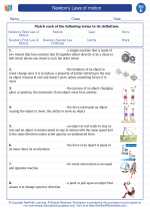Adenosine Triphosphate (ATP)
Adenosine triphosphate, or ATP, is a molecule that carries energy within cells. It is often referred to as the "energy currency" of the cell, as it provides the energy necessary for various cellular processes. ATP is composed of an adenine molecule, a ribose sugar molecule, and three phosphate groups.
Structure of ATP
The structure of ATP consists of a nitrogenous base (adenine), a ribose sugar, and three phosphate groups. The phosphate groups are attached to the ribose sugar in a chain, and the energy is stored in the bonds between these phosphate groups.
Function of ATP
ATP is involved in various cellular processes, including:
- Energy Transfer: ATP transfers energy within the cell, providing the necessary energy for metabolic reactions.
- Cellular Work: ATP powers various cellular processes such as muscle contraction, active transport, and biosynthesis.
- Chemical Reactions: ATP provides the energy needed to drive endergonic (energy-requiring) reactions in the cell.
ATP Synthesis and Breakdown
ATP is synthesized through cellular respiration, specifically during the process of oxidative phosphorylation in the mitochondria. It is also produced during photosynthesis in plant cells. ATP is broken down into ADP (adenosine diphosphate) and inorganic phosphate when energy is required for cellular processes.
Study Guide
To better understand ATP, here are some key points to focus on:
- Describe the structure of ATP and the role of each component (adenine, ribose, phosphate groups).
- Explain the function of ATP in the cell and provide examples of cellular processes that require ATP.
- Discuss the synthesis and breakdown of ATP, including the cellular processes involved in these mechanisms.
- Compare and contrast ATP with ADP in terms of their structure and energy-carrying capacity.
Understanding the role of ATP is crucial for grasping the fundamental processes of energy transfer and cellular work within living organisms.
.◂Science Worksheets and Study Guides Fifth Grade. Newton's Laws of motion

 Activity Lesson
Activity Lesson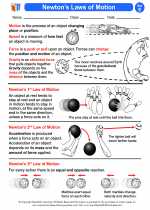
 Worksheet/Answer key
Worksheet/Answer key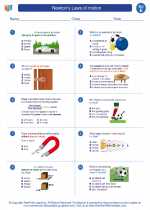
 Worksheet/Answer key
Worksheet/Answer key
 Worksheet/Answer key
Worksheet/Answer key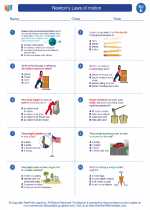
 Worksheet/Answer key
Worksheet/Answer key
 Vocabulary/Answer key
Vocabulary/Answer key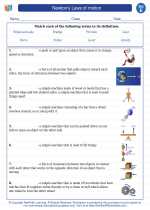
 Vocabulary/Answer key
Vocabulary/Answer key